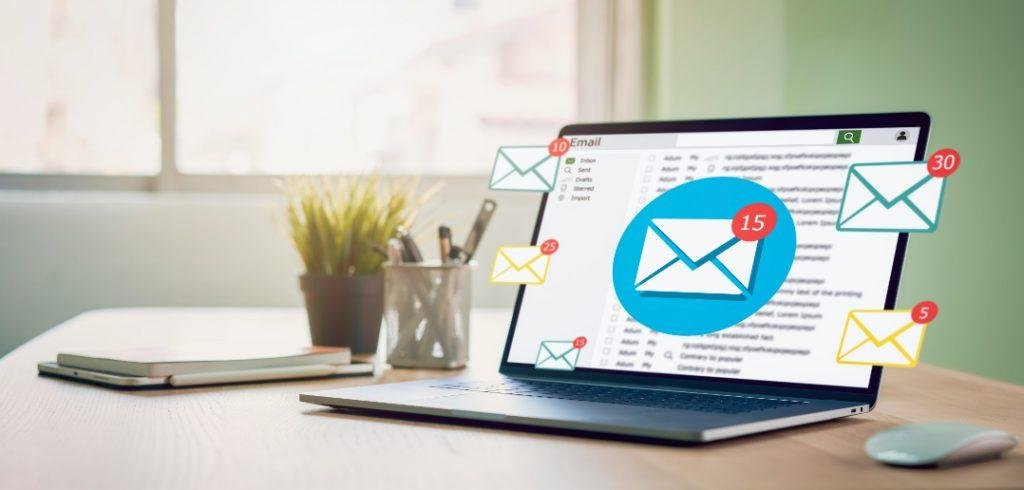Emails get things done—except when they are not read, responded to, or deleted instantly or after storing for some time. Writing better emails is an art — which is our topic for today. It is a storage box in the clouds, a gazillion times faster than snail mail, and much less tangible. You cannot touch, feel, smell, or taste and email — of course, you can do some of these things emotionally — but you know what I mean. Email or a tool of today’s Internet age where everything becomes easy, and data gets stored in the cloud.
The business email comes in several flavors: they replace old age letters/memos to get things done, used to ask questions and dictate top decisions. With all this said, the most important and relevant question in this instantaneous and intangible era of emails remains: “How to make sure your email gets read?“
So in the rest of the article here, I will try to answer this question — using terse points which drive the purpose home. With these pleasantries done, off we go:
1) Make the subject clear and compelling:
The subject line is a make-or-break deal. You either get it right, or you don’t. Credits to a perfect subject, your emails either get read, they don’t. Be careful here, my friend, and pay attention. The subject is where better email writers, our colleagues, marketers, and competitors win over us—by having the right subject line. This simple subject—heading or title—is essential to your email. Do not let it loose, or your email may suffer for eternity, hidden away in a remote computer inside a freezing data center in Antarctica.
And do not use buzzwords, jargon, euphemisms, cliches, or expletives. Use plain, simple, straightforward, and minimum words to convey your point.
2) Right Salutations:
Use a salutation that greets the person warmly and sets an appropriate tone for your message. Go with first names if you know the recipient personally, but be more formal if you don’t. Keep it pleasant and short.
Some do’s:
Dear Mr. John,
Hello Jeff,
Good Morning Sunny,
Some don’ts:
Hello one-that-must-not-be-named,
To whom it may concern,
Dear X, Y, Z,
3) Cut to the point:
Start on a good note and get right to the point. Follow the advice from the famous writer’s book, “The Elements of Style,” by Strunk and White, rule no 17 of composition: “Omit needless words.” Cut brutally and mercilessly. Half of the words you write only corrupt or distort the message.
The first principle at HBO says, “keep it short and sweet.” Do not use abbreviations, humor, or long-winded comments, and don’t apologize or make assumptions.
Spit your message as clearly as possible, use a spell-checker, proofread once more to make sure, and then send.
4) Avoid Email Circus:
Do not join an email circus by continuously relying on an ongoing stream of messages. It is emailed, for God’s sake, not a chatroom.
Responding without attaching relevant docs or referring to the original message makes readers search through older messages—please avoid that. Make emails short but not so short that the meaning isn’t adequately conveyed.
5) Time It:
You’ve learned about a good subject line, appropriate salutation, an apt start, and concise message writing. You also learned what to avoid. The only thing that remains is when to send and how to receive it. Also, how to make sure the message gets read?
Well, timing is everything. Send at your convenience or batch it (do all email sending activity in one go) to effectively use your time. You can also schedule it and leverage technology. Time it when the recipient has more chances of reading it. Plan to hit send on days and times when the recipient is supposedly free, off the job, and in casual relaxation mode.
For you to receive and process emails, pretty much the same rules apply. Use rules to auto-segregate folders, forwarders, and auto-replies holistically. Check your mailboxes at your convenience; better—to have a specific schedule to do it a couple of times a week. Let them be batched and stored before you read and process them (another time-saving tip for you).
With these points and tips, you should be good. I bid you farewell now, trusting that you’ll write better emails and manage them effectively—and save your time along the way. Good luck, my friend, and don’t forget to email me 😊




